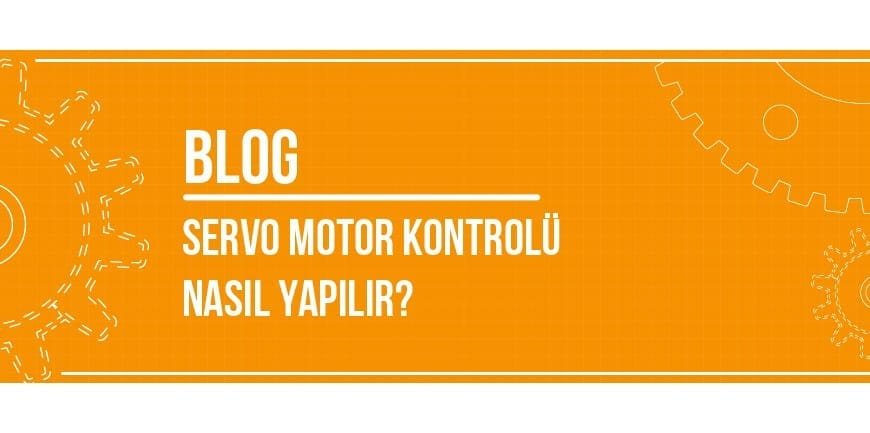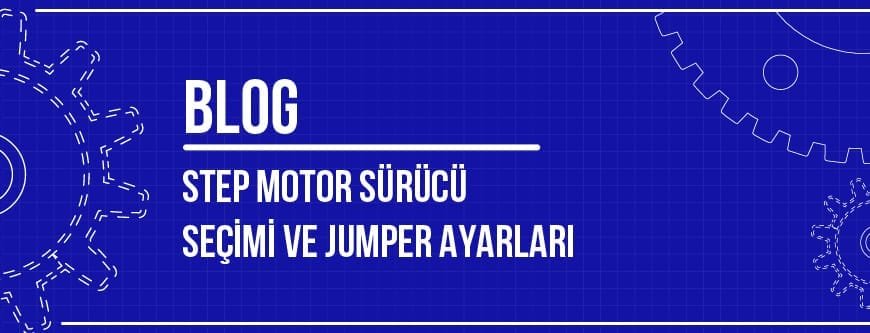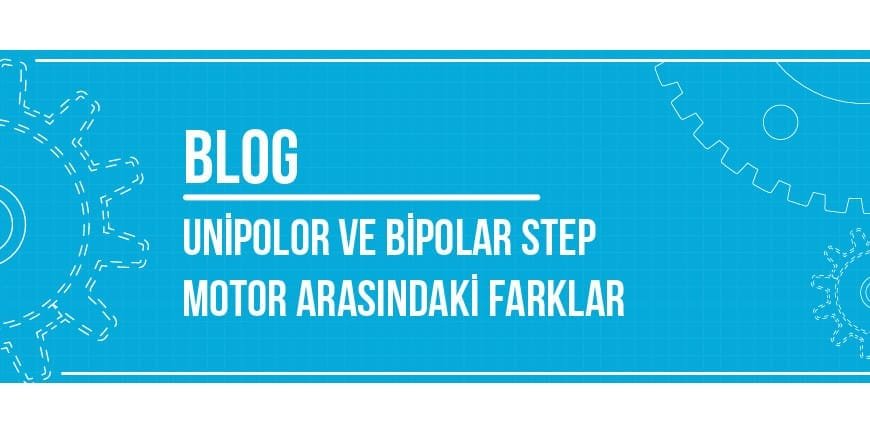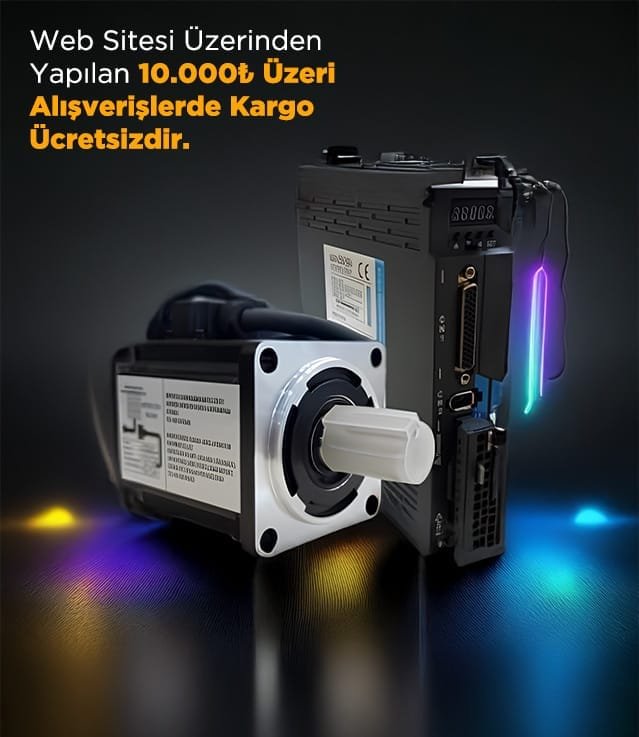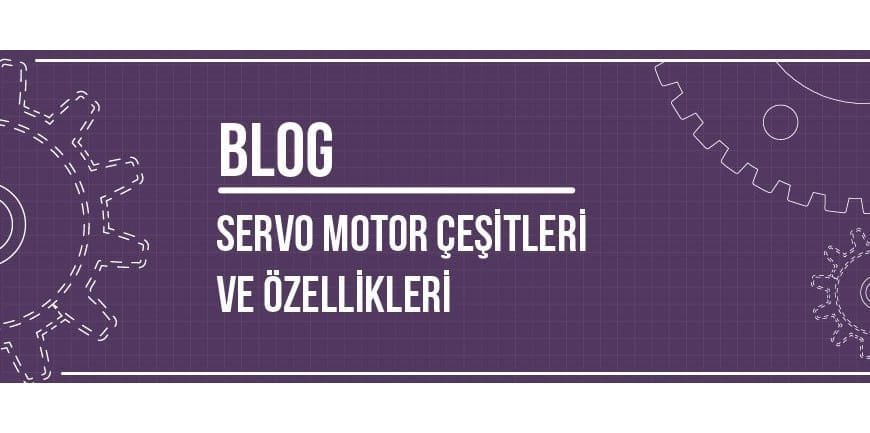
İçindekiler
Types and Features of Servo Motors

One of the most frequently asked questions about servo motors is the types of servo motors available. At Şahin Rulman, we will be providing information about the types of servo motors in this week’s blog post. In this post, we will list the types of servo motors and provide information about each type. We hope this blog post will be useful for those who want to learn more about this topic. Happy reading!
Brief Information About Servo Motors
Before providing information about servo motor types, it is useful to give a brief overview of servo motors. Servo motors, which are closed-loop motor systems, have angles, positions, and speeds that normal motors cannot achieve thanks to the extra parts they contain. Servo motors, which differ from other motor types in this respect, are also divided into different types.
What are the types of servo motors?
After providing some brief information about servo motors, we can begin to list the types of servo motors and describe their features. Servo motors are divided into two main groups: DC servo motors and AC servo motors.
1. DC Servo Motors (Brushed)
DC servo motors, known as permanent magnet motors, can be field-controlled or rotor-controlled when operating in a servo system. In DC motors, the rotor is powered by either a voltage source or a current source. Each combination produces different torque-speed characteristics. These connections can be referred to as DC servo motor types. Since different torque-speed characteristics are produced, there are also high-torque servo motors among them. The main combinations can be listed as follows:
- Field-controlled – fixed rotor voltage feed
- Field-controlled – fixed rotor current supply
- Rotor controlled – fixed field excitation
- Serial discrete field
DC servo motors were among the first motors used in the industry. Indeed, thyristors were used for many years as the only control method for these motors, which are direct current motors. DC motors have a control circuit and a potentiometer with a shaft function in their internal structure. In addition, they have gear structures that determine the motor’s rotational torque and torque. DC servo motors have a total movement capacity of 180 degrees, ranging from -90 degrees to +90 degrees. Therefore, they are suitable motors for controlling angles between 0 and 180 degrees. For this reason, they are also known as 180-degree servo motors. DC motors use a DC power source. This creates a constant magnetic field. A variable voltage is applied to the rotor. The currents generated by the voltages cause the magnetic fields to repel each other, thereby initiating rotation. 2. AC Servo Motors (Brushless)
AC servo motors are a type of brushless motor used in both low- and high-power applications, unlike DC servo motors used in high-power applications. AC motors have a simple structure and low inertia. They are generally motors with non-linear characteristics and high magnetic coupling. They have lower torque compared to DC servo motors. AC servo motors are equipped with an encoder system. With the help of encoder systems, they achieve angular precision and rotational capability. Some models are capable of operating at high frequency values. Since they can perform movements angularly, they are highly suitable for machines with CNC control. Due to their ability to move in a circular area, they are also referred to as 360-degree servo motors or 360-degree rotating servo motors. AC servo motors are primarily divided into two groups:
- Two-Phase Servo Motor
Two-phase servo motors, which constitute the majority of servo motors used in control systems, are used in high-frequency air conditioning systems. Their frequencies can be 60 Hz or 400 Hz. In two-phase servo motors, the stator consists of two windings distributed at a 90-degree electrical angle from each other. The voltage of the control phase of these motors is supplied by the servo amplifier. To control a two-phase servo motor, the reference winding is supplied with a constant alternating voltage. On the other hand, the control winding of two-phase servo motors is supplied with an additional voltage whose amplitude level can be adjusted.
- Three-Phase Servo Motor
Three-phase servo motors are used especially in applications that require high power. Three-phase servo motors, which are successful in applications that require high power, have begun to gain prominence in such applications. Three-phase servo motors, which are extremely durable in terms of structure, have non-linear characteristics. For this reason, the control process is relatively more complex.
3. Spindle Servo Motors
Spindle servo motors can be defined as a type of motor produced to meet the needs of machines used in industrial applications that require motors capable of rotating at high speeds. One of the most notable features of spindle servo motors, which can be used in many different industries, is their ability to achieve high speeds. Due to the significant advantages this feature provides in the industries where they are used, the use of spindle servo motors is increasing. Another notable advantage of these products, which are among the high-speed servo motor types, is their ability to rotate even at high speeds.
4. Mini Servo Motor
Mini servo motors, which are among the types of servo motors, are, as the name suggests, developed more for small mechanisms. They can be used in areas such as robot projects in schools and simple RC vehicles. In addition to these, they are also frequently used in the landing gear and control surfaces of model helicopters and model airplanes, as well as in robot arms. Small servo motors are also referred to as 9g servo motors due to their size. Mini servo motors generally feature plastic gears.
We have come to the end of our blog post on servo motor types. Throughout the post, we discussed types such as continuously rotating servo motors and DC servo motors. You can review the servo motor types we offer at Şahin Rulman via the relevant link. If you have any questions on this topic, you can contact us at 0212 576 04 06.
Diğer Blog Yazılarımız



